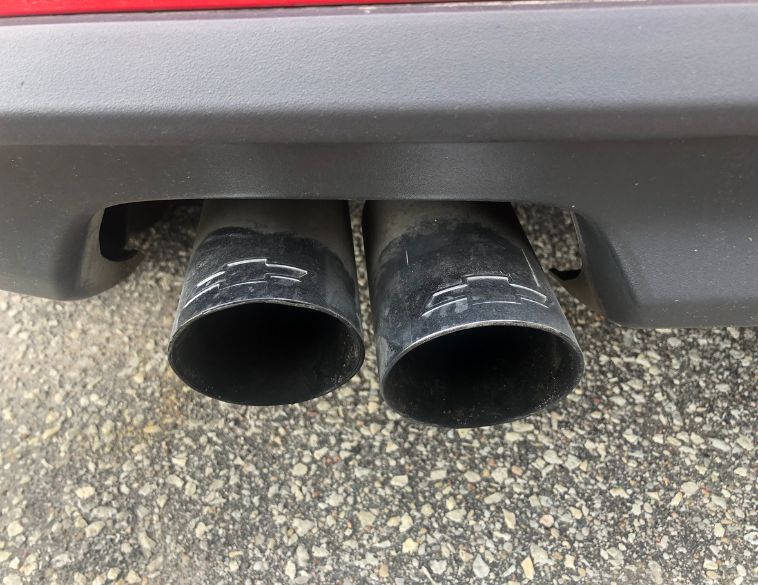Creating a No Idle Culture

Wasting fuel is a common issue that can be easily addressed.
The Climate Change Connection has determined that, if every driver of a light-duty vehicle in Canada avoided idling for just five minutes, we could prevent more than 6,000 tonnes of CO2 from entering the atmosphere every year. Why do drivers idle their vehicles and how can we get them to stop?
Whether we are talking about personal or work vehicles, drivers idle vehicles for comfort, or because they are not aware of the impacts. Extremes of heat or cold weather lead drivers to warm up or cool down their vehicles. Beliefs that it is better for the engine to idle rather than shut it down and restart it, also encourage idling. This behaviour can be mitigated by education, and by a strict policy in the case of work vehicles.
Idling is to be avoided as it wastes fuel, is costly and results in unnecessary emissions. Natural Resources Canada calculates that for a vehicle with a 3-litre engine, 10 minutes of idling results in over one quarter of a litre in wasted fuel. Each litre of fuel produces 2.3 kilograms of carbon dioxide. It is not difficult to understand that idling is directly linked to the production of harmful emissions. Another lesson to reinforce is to correct the driver’s belief that he needs to warm up the vehicle before driving it. This is not necessary; it is best to warm up the vehicle while driving it. The tires, transmission, and other moving parts need to be warmed up for the vehicle to perform well and that doesn’t happen until the vehicle is driven.
Educating drivers is sometimes not enough. Behaviour change requires a strong anti-idling policy with incentives or fines. Policies and incentives are aided by the use of advanced vehicle technologies such as GPS that track how much time a vehicle idles, or anti-idle devices that turn a vehicle off to prevent idling.
[caption id="attachment_414512" align="aligncenter" width="758"] A strong and consistent brand is key to long-term success and credibility. Credit: Shutterstock[/caption]
A strong and consistent brand is key to long-term success and credibility. Credit: Shutterstock[/caption]
The following are examples of policy/procedure statements that should be considered when developing an anti-idling program:
- Engines should be turned off as quickly as possible after arriving at the job-site or work location.
- Vehicle should not be restarted until departing work location.
- Vehicles should be moving when the engine is on.
- The warm-up period for vehicles should be limited to no more than 30 seconds.
To help ensure success, recognize and reward model behavior and coach those who do not meet company expectations. Telematics data can provide the necessary data to support the model behavior and the coaching opportunities.
Most employees will understand and support the value in eliminating the waste of fuel and the subsequent health concerns associated with the emissions. Tailpipe emissions contribute to the formation of ground‐level ozone, which can damage lungs. Idling laws differ by location, vehicle type/weight, fuel type, and outside temperature.
Some organizations provide individual “scorecards” to drivers/operators to show how the reductions in idling hours are providing a positive impact on fuel consumed and emissions reductions. Other organizations go even farther and establish a baseline of fuel used. Savings below that baseline are shared between the driver and the organization.
The best solution is a combination of education, policy and incentives to encourage all drivers to shut off engines when vehicles are not moving. Encourage drivers to support their peers and a culture of no idling.




